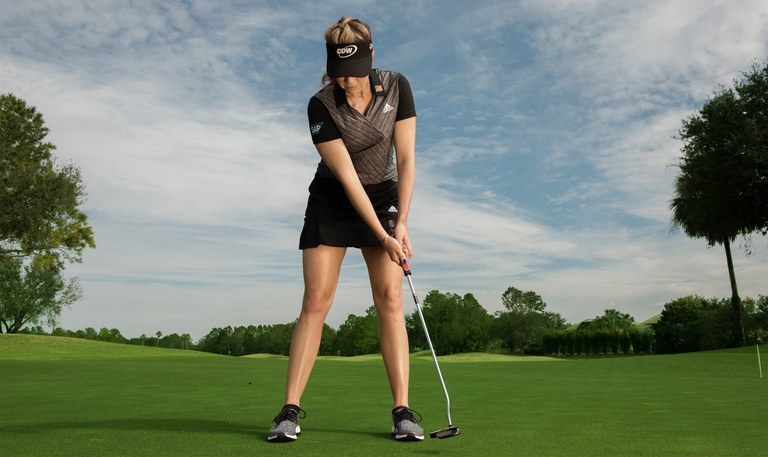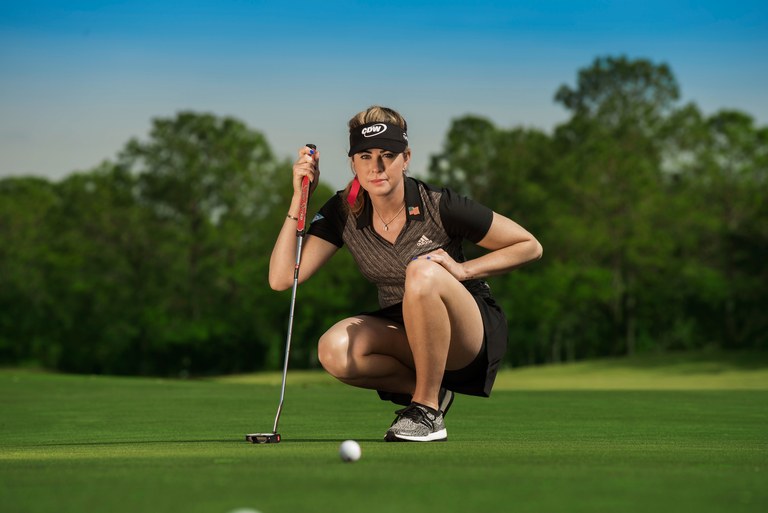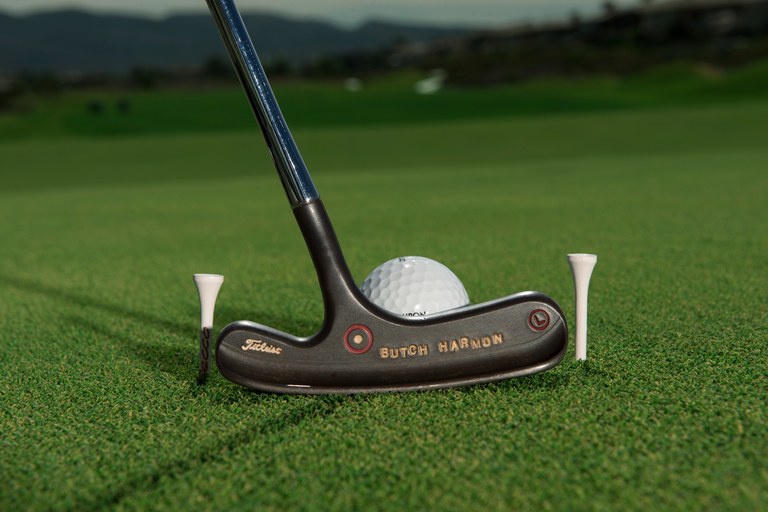A lot of amateurs, and even some pros, treat must-make putts like they're standing over a six-footer to win the U.S. Open. You can see the anxiety building in their pre-putt routine. The feeling can be so overwhelming that by the time they address the ball, it turns into an out-of-body experience. Not me. I won a U.S. Open, and it wasn't because I let the gravity of the week override what I normally do. When I walk up to a putt I have to make, I'm taking even breaths and staying calm. I stick with the routine I have for every other putt, because focusing on that actually reduces stress. That's why you have a routine—so that no matter the situation, every putt feels the same. That's the basis of my first piece of advice to help you make the ones that matter: Do your best to treat them no differently than any other putts. Here are some other tips to help you on the green. – With Keely Levins
MAKE YOUR ROUTINE ANYTHING BUT
There's no prototype for a pre-putt routine. Just make sure you get the most out of whatever you're doing. For me, it starts with being confident with my read. I quickly walk around my ball and the hole looking at the line from every angle. Notice I said quickly. A lot of amateurs spend too much time looking at the line. If you overanalyze how the putt will break, you might second-guess yourself and lose confidence. Remember, your first look is usually the right one.
The next thing I do is get behind the ball and visualize the speed I need to get it to the hole. I've seen golfers get so wrapped up in reading the break, they forget that the read doesn't matter if the ball is moving too fast or too slow. When we play in pro-ams, I always tell my partners to switch to speed after they get the line. One drill I do every day to improve my feel is picking spots on the fringe and hitting putts that die right at the edge of the green.
Back to my pre-putt routine: Once I've got the speed, I set the ball down with my Pink Panther logo pointing down the line I've chosen. Having something familiar to look at can calm your nerves and remind you that it's just another putt. I then take two practice strokes behind the ball and look at the line I've chosen one last time. You might notice that my grip is conventional (below). I've tried others, and you should, too. Find the grip where you feel like you're not going to hold on too tight and make a handsy stroke (more on that in a minute).

Choose whatever grip allows you to hold the club lightly, so it can release through the ball.
For more short game instruction, check out our video series The Ultimate Guides: Short Game.
The last thing I do before I take the club back is make sure I'm not pushing down on the putterhead. It's a bad tendency that can make the clubhead twist open or closed when I take it back. To avoid that, I think about having soft hands and keeping the pressure of the putterhead light against the ground. This also is a great feeling to have, because it relieves tension that might be building as a result of the magnitude of the putt you're facing.
‘DON’T BE TOO ANXIOUS TO SEE THE OUTCOME OR YOU’LL MISS. HIT THE PUTT, WAIT A BEAT, THEN IT’S OK TO LOOK AT THE BALL.’
CONTROL THE STROKE
I mentioned avoiding a handsy stroke. Trust me, it isn't reliable. You should be using the bigger muscles in the shoulders to move the putter back and forth. Those muscles are going to hold you steady on those must-make putts. My putting style is straight back and straight through. It's the easiest way for me to keep the face square at impact, which will get the ball rolling on the line I chose. I like to do a drill where I put one tee on either side of the putterhead at address—like a gate—and hit putts trying to get the club to pass through the gate. If I strike a tee, I know the clubface wasn't square at impact.

The most important thing to making a putt is having the face square to the line at impact. My gate drill helps train that.
I began this article by telling you how important it is to treat these crucial putts like they were no different than any other. This last piece of advice brings us full circle. The final thought I want you to have when hitting these putts is one I use myself: Keep the putterhead low throughout the stroke (below). This helps keep your mind on the process of making a good, controlled stroke and prevents you from trying to steer the putt or looking up too soon to see if it's going in. No matter how important the putt is, this swing thought makes you feel like you're just rolling the ball on the practice green. And when the ball rattles around the bottom of the cup, it makes one of the sweetest sounds a golfer can ever hear.

A great swing thought to stay committed is keep the putterhead low.
ABOUT: Paula Creamer has 10 wins on the LPGA Tour, including the 2010 U.S. Open.
Check out Golf Digest All Access to get over 150 lessons on any of your devices, at any time.
Sign up for Golf Digest All Access today

Source: Internet





